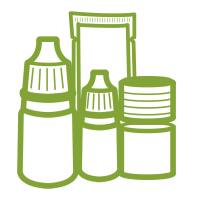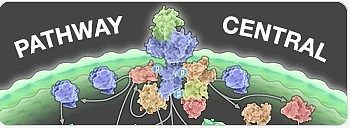Angiogenic Cytokines: Quantitative and Functional Analysis
互联网
620
Following the recognition that angiogenesis is essential for tumor growth and metastasis formation (1 ,2 ), evidence has accumulated that angiogenesis is a component of many pathologies. Numerous angiogenic factors that regulate this complex process alone or in synergy have been identified. Vascular endothelial growth factor (VEGF) (3 ), basic fibroblast growth factor (bFGF) (4 ), transforming growth factor-α (TGF-α), platelet-derived growth factor (PDGF), and angiopoietin-1 and -2 (Ang-1 and Ang-2) have been shown to induce angiogenesis in a variety of experimental models (5 -7 ). VEGF is an important angiogenic agent and endothelial specific mitogen, which has been implicated in the neovascularization of a wide variety of tumors (9 ). VEGF acts via a paracrine mechanism mainly through two specific receptors on the surface of endothelial cells: Flt 1 and KDR (10 ,11 ). Although encoded by a single gene, VEGF has several isoforms generated by alternative splicing (12 ,13 ). Of these, the main isoforms VEGF121 and VEGF165 are secreted soluble glycoproteins, whereas VEGF189 and VEGF20 6 remain bound to heparan sulfate proteoglycans at the cell surface (14 ). The importance of VEGF as a potential target for antineoplastic therapy has been demonstrated in several studies in which neutralizing antibodies to VEGF or VEGF receptors inhibited tumor growth and vascularization in vivo (15 ,16 ).









